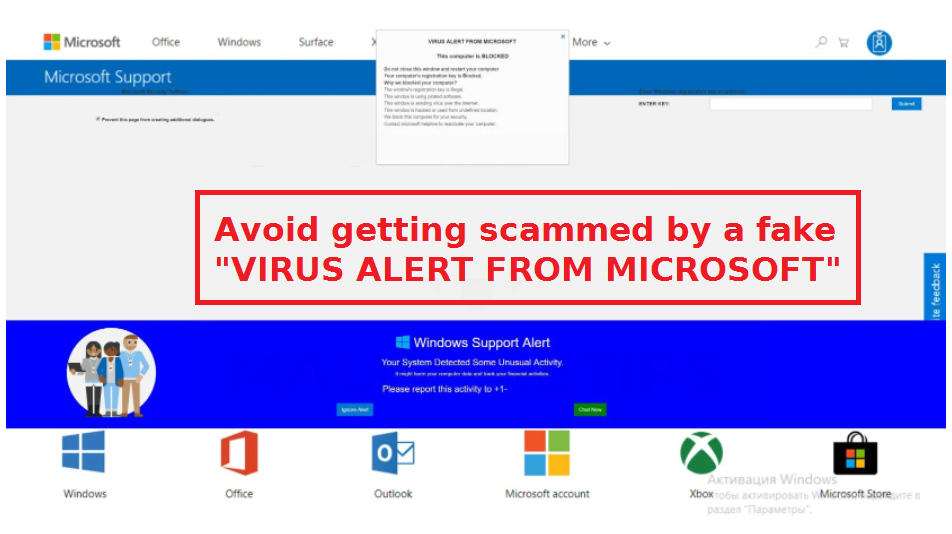Avoid getting scammed by a fake “VIRUS ALERT FROM MICROSOFT”
VIRUS ALERT FROM MICROSOFT is a fake virus alert that falsely claims your computer is infected with a virus and has been blocked. Supposedly, the computer has been blocked because your registration key is illegal. The alert also claims that you’re using pirated software, your computer is sending a virus over the Internet and has been either hacked or being used from unidentified locations. Microsoft has supposedly blocked your computer for your security.
For users who are at least a little tech-savvy, the claims made by this scam, and tech-support scams in general, will immediately seem like complete nonsense. But users who aren’t familiar with these scams or how computers/viruses work, the virus alerts may be convincing enough. The point of tech-support scams is to trick users into calling fake tech support. These alerts display phone numbers for supposed Microsoft tech support, and if users were to call, they would be connected to professional scammers. These scammers would explain the made-up issue and then request remote access to the computer in order to “fix” it. If users grant them remote access, the scammers would then pretend to fix the computer while potentially stealing information/files. They may also set a password. Once they’re done pretending, the scammers would ask for at least a couple of hundred dollars for the services you supposedly received. If you refuse to pay, the scammers may not give you the password if they set one, essentially locking you out of your own device.
It goes without saying that this VIRUS ALERT FROM MICROSOFT, as well as all other virus alerts that appear in your browser, are nothing more than scams. The reason it’s so obvious is that a browser cannot detect a malware infection on the computer. Only trust a reliable anti-virus program to correctly inform you about malware on your computer. Furthermore, the claim that Microsoft blocks computers because they’re infected with malware is complete nonsense. Microsoft neither keeps track nor cares about infected computers. And lastly, legitimate alerts will never contain phone numbers for tech or customer support. Companies like Microsoft do not make unsolicited contact with their users, so all alerts with phone numbers will be scams.
Why are you shown tech-support scams?
In most cases, users are redirected to tech-support scams when browsing certain high-risk websites. There are many websites that host questionable ads, and clicking on anything when browsing them could trigger a redirect to scam websites. The redirects can easily be prevented either by not visiting dangerous sites or by using an adblocker. In particular, it’s especially important to have an adblocker program enabled when browsing sites that have pornographic or pirated content because they often trigger questionable redirects.
In rarer cases, an adware infection may be the thing that triggers redirects. Adware is a pretty minor infection that mostly focuses on exposing users to advertisement content. It can install via the freeware bundling method, which essentially allows it to install without explicit permission from users. Adware, browser hijackers, potentially unwanted programs, and similar infections come attached to free software as extra offers, which are permitted to install alongside automatically. The offers are technically optional but they need to be manually deselected to prevent their installation. But the offers are hidden, which prevents users from deselecting them.
To correctly install free software, you need to opt for Advanced (Custom) settings during installation. The installation window will recommend using Default settings but if you opt for that, all added offers will be permitted to install automatically. Advanced settings, on the other hand, will make all offers visible, and you will be able to deselect all of them. All you need to do is uncheck the boxes of those offers. We always recommend deselecting all offers, even if they seem useful at first sight because otherwise, you will fill your computer with junk that can be difficult to get rid of later on.
VIRUS ALERT FROM MICROSOFT removal
To avoid being redirected to tech-support scams, install an adblocker program. It will block intrusive redirects and ads when you’re browsing high-risk websites. We also recommend you scan your computer with anti-virus software in case an adware infection is present. If it is adware, only getting rid of it would remove VIRUS ALERT FROM MICROSOFT scam from your screen.
Offers
Download Removal Toolto scan for Avoid getting scammed by a fakeUse our recommended removal tool to scan for Avoid getting scammed by a fake. Trial version of provides detection of computer threats like Avoid getting scammed by a fake and assists in its removal for FREE. You can delete detected registry entries, files and processes yourself or purchase a full version.
More information about SpyWarrior and Uninstall Instructions. Please review SpyWarrior EULA and Privacy Policy. SpyWarrior scanner is free. If it detects a malware, purchase its full version to remove it.

WiperSoft Review Details WiperSoft (www.wipersoft.com) is a security tool that provides real-time security from potential threats. Nowadays, many users tend to download free software from the Intern ...
Download|more


Is MacKeeper a virus? MacKeeper is not a virus, nor is it a scam. While there are various opinions about the program on the Internet, a lot of the people who so notoriously hate the program have neve ...
Download|more


While the creators of MalwareBytes anti-malware have not been in this business for long time, they make up for it with their enthusiastic approach. Statistic from such websites like CNET shows that th ...
Download|more
Quick Menu
Step 1. Uninstall Avoid getting scammed by a fake and related programs.
Remove Avoid getting scammed by a fake from Windows 8
Right-click in the lower left corner of the screen. Once Quick Access Menu shows up, select Control Panel choose Programs and Features and select to Uninstall a software.
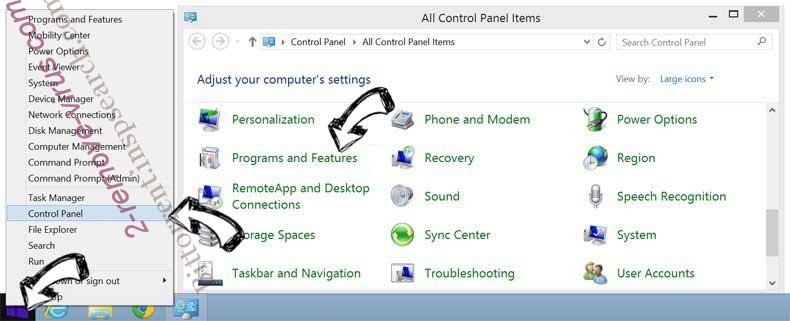

Uninstall Avoid getting scammed by a fake from Windows 7
Click Start → Control Panel → Programs and Features → Uninstall a program.
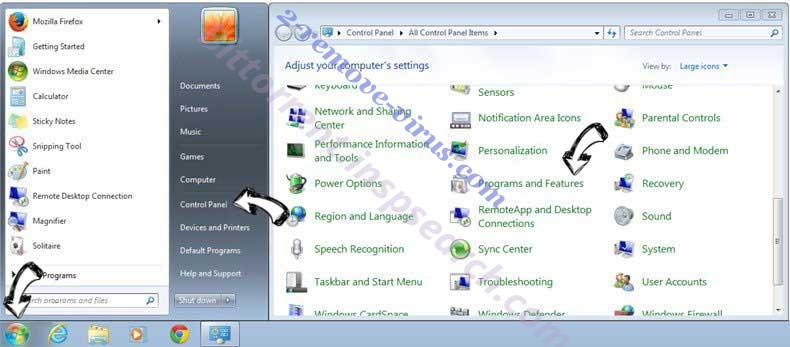

Delete Avoid getting scammed by a fake from Windows XP
Click Start → Settings → Control Panel. Locate and click → Add or Remove Programs.
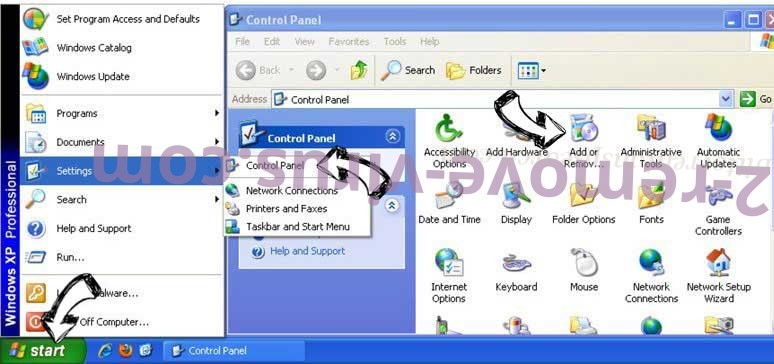

Remove Avoid getting scammed by a fake from Mac OS X
Click Go button at the top left of the screen and select Applications. Select applications folder and look for Avoid getting scammed by a fake or any other suspicious software. Now right click on every of such entries and select Move to Trash, then right click the Trash icon and select Empty Trash.
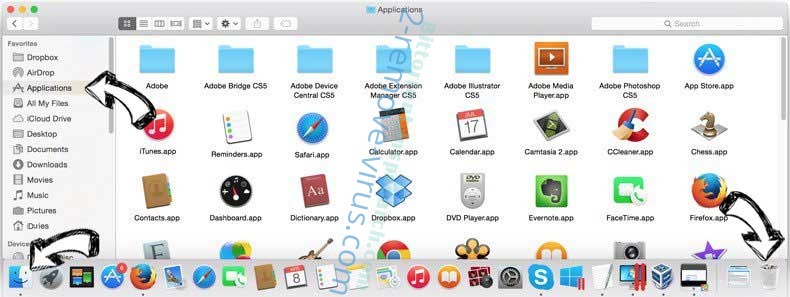

Step 2. Delete Avoid getting scammed by a fake from your browsers
Terminate the unwanted extensions from Internet Explorer
- Tap the Gear icon and go to Manage Add-ons.

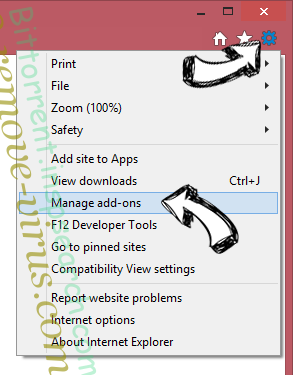
- Pick Toolbars and Extensions and eliminate all suspicious entries (other than Microsoft, Yahoo, Google, Oracle or Adobe)

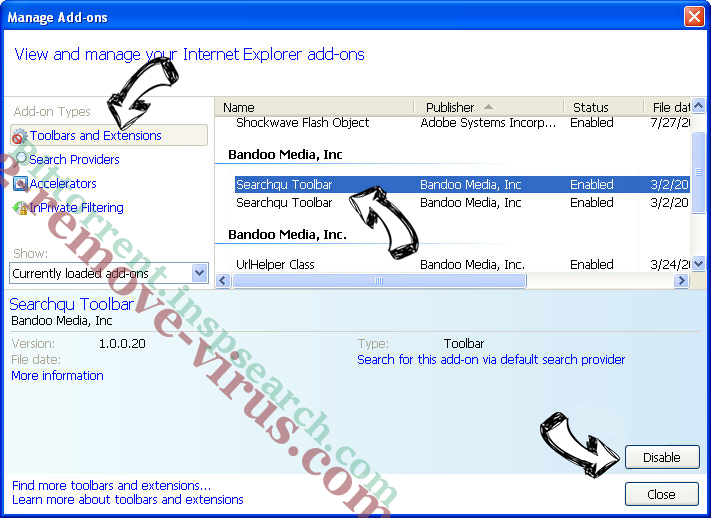
- Leave the window.
Change Internet Explorer homepage if it was changed by virus:
- Tap the gear icon (menu) on the top right corner of your browser and click Internet Options.

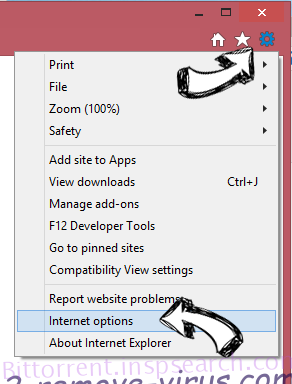
- In General Tab remove malicious URL and enter preferable domain name. Press Apply to save changes.

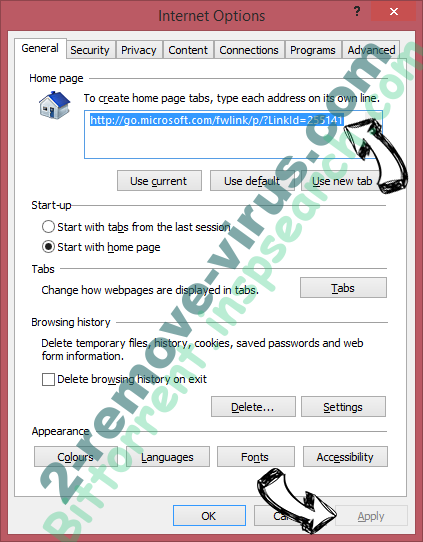
Reset your browser
- Click the Gear icon and move to Internet Options.

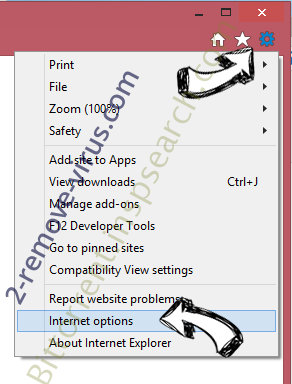
- Open the Advanced tab and press Reset.

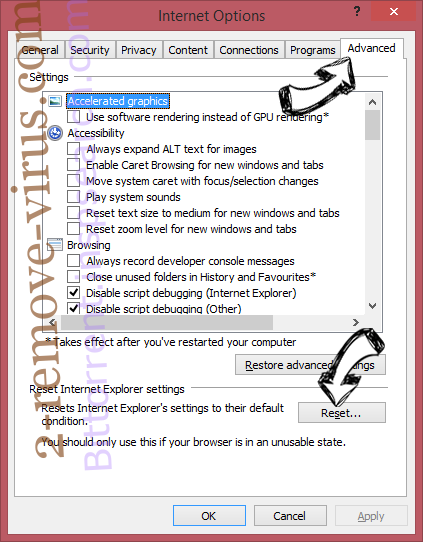
- Choose Delete personal settings and pick Reset one more time.

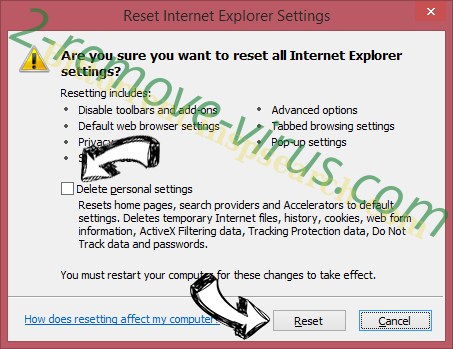
- Tap Close and leave your browser.

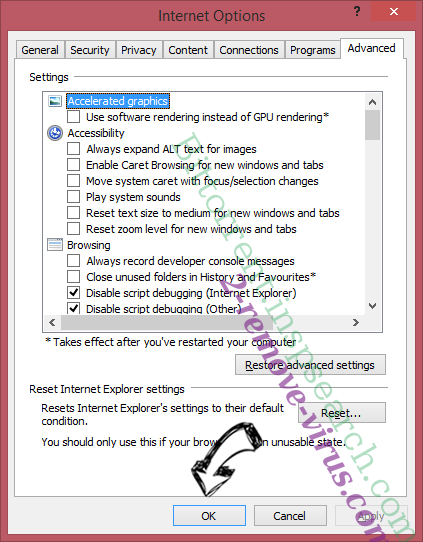
- If you were unable to reset your browsers, employ a reputable anti-malware and scan your entire computer with it.
Erase Avoid getting scammed by a fake from Google Chrome
- Access menu (top right corner of the window) and pick Settings.

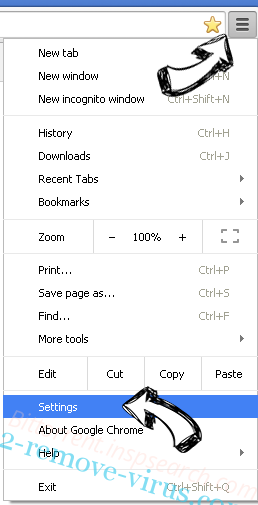
- Choose Extensions.

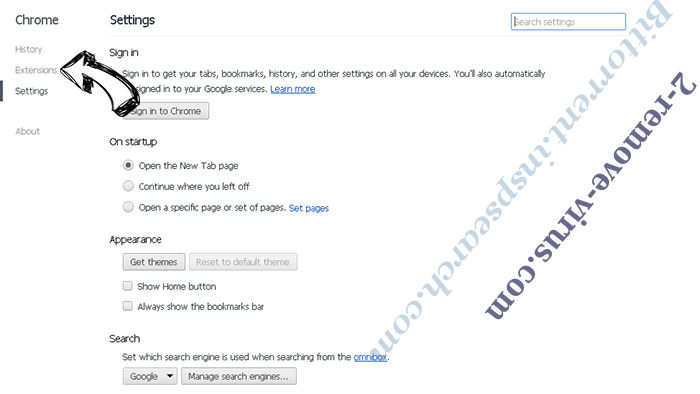
- Eliminate the suspicious extensions from the list by clicking the Trash bin next to them.

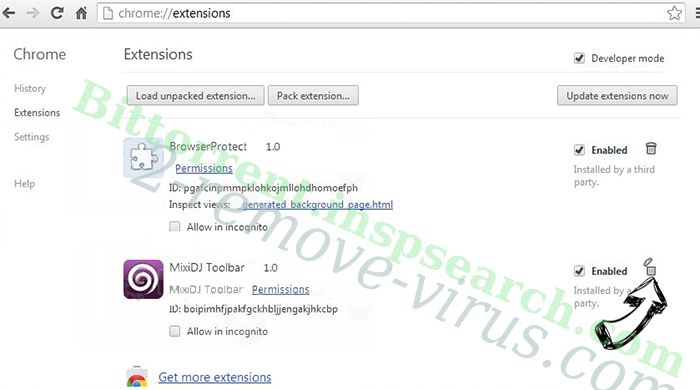
- If you are unsure which extensions to remove, you can disable them temporarily.

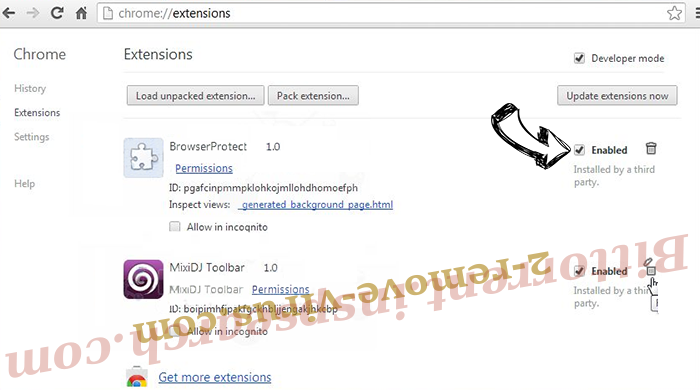
Reset Google Chrome homepage and default search engine if it was hijacker by virus
- Press on menu icon and click Settings.

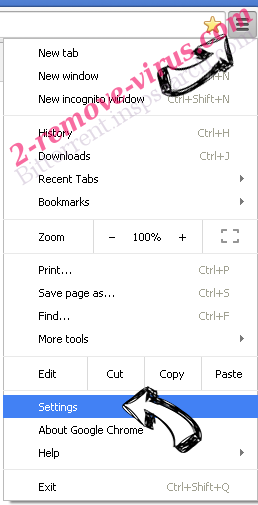
- Look for the “Open a specific page” or “Set Pages” under “On start up” option and click on Set pages.

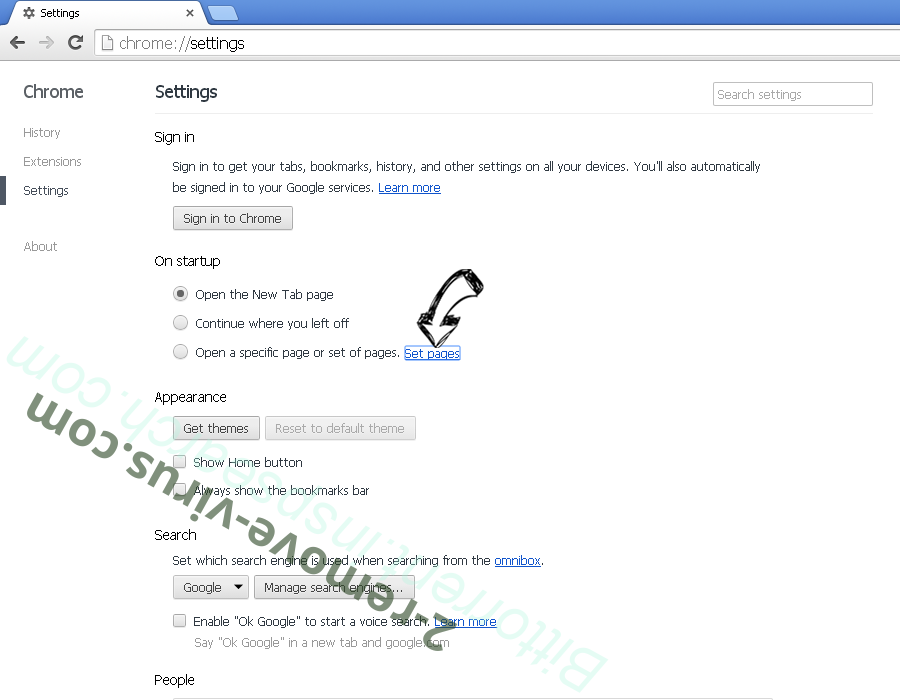
- In another window remove malicious search sites and enter the one that you want to use as your homepage.

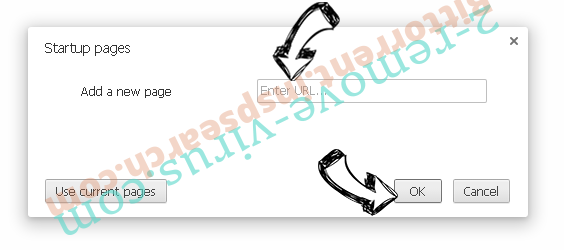
- Under the Search section choose Manage Search engines. When in Search Engines..., remove malicious search websites. You should leave only Google or your preferred search name.

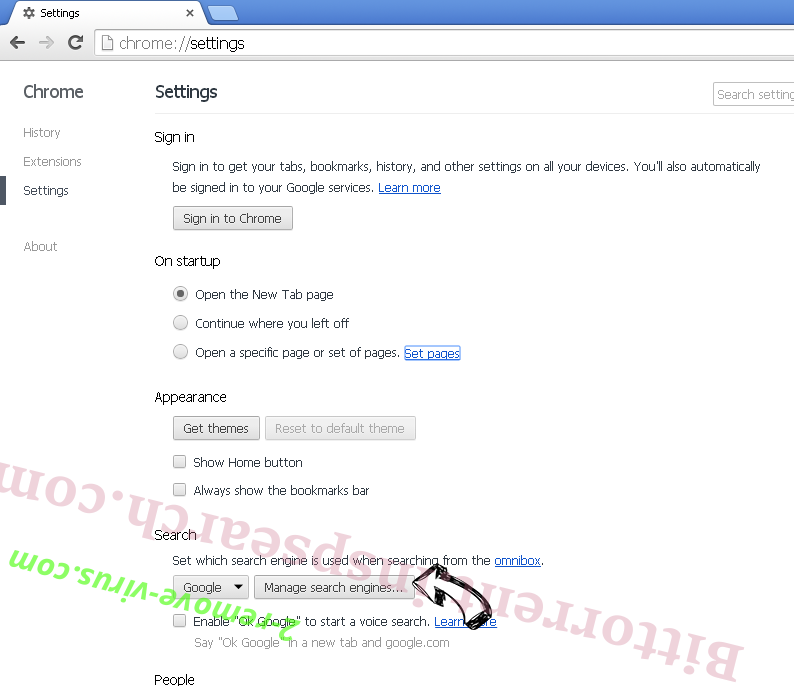

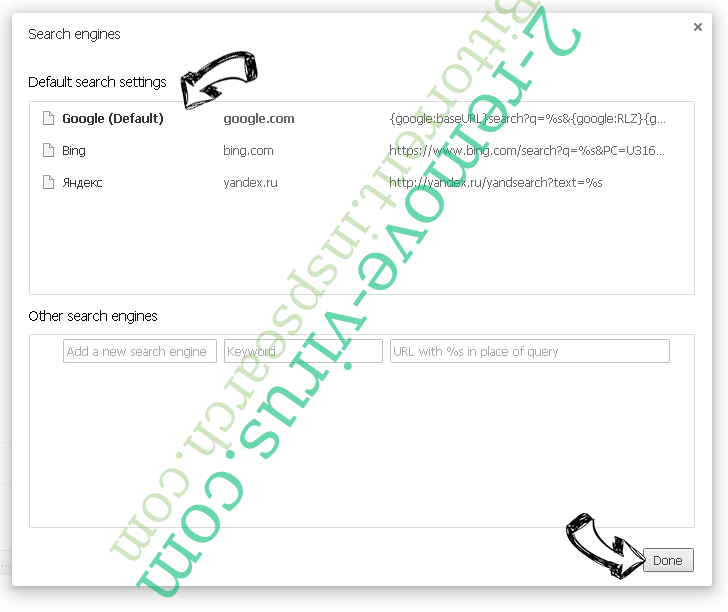
Reset your browser
- If the browser still does not work the way you prefer, you can reset its settings.
- Open menu and navigate to Settings.

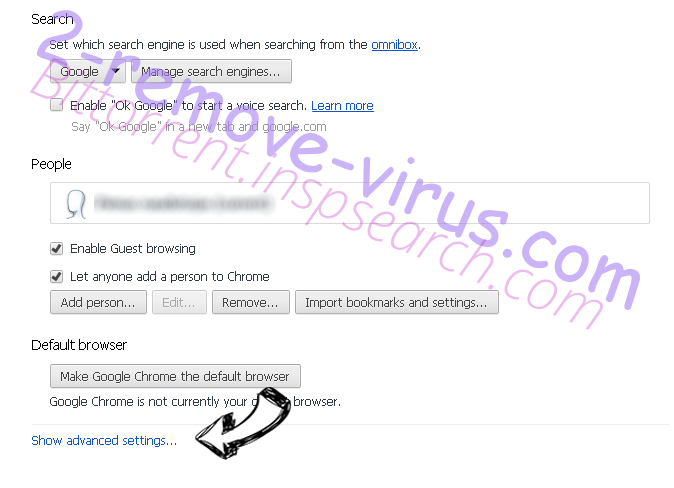
- Press Reset button at the end of the page.

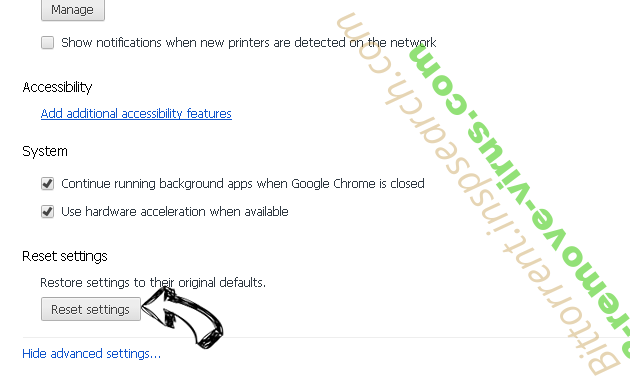
- Tap Reset button one more time in the confirmation box.

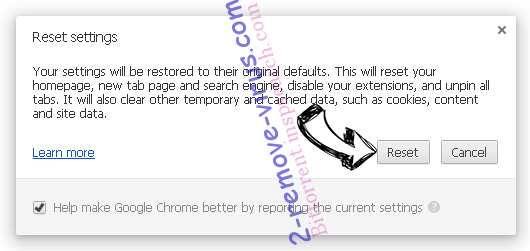
- If you cannot reset the settings, purchase a legitimate anti-malware and scan your PC.
Remove Avoid getting scammed by a fake from Mozilla Firefox
- In the top right corner of the screen, press menu and choose Add-ons (or tap Ctrl+Shift+A simultaneously).

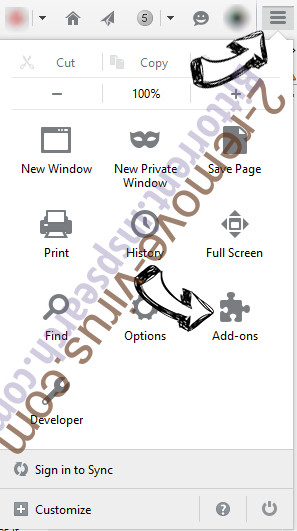
- Move to Extensions and Add-ons list and uninstall all suspicious and unknown entries.

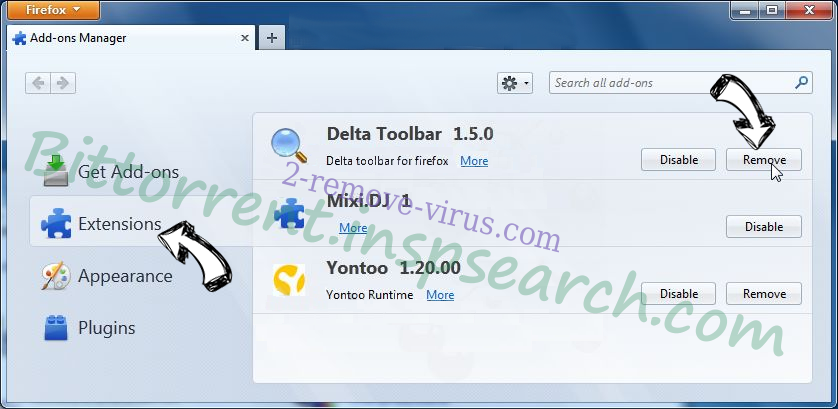
Change Mozilla Firefox homepage if it was changed by virus:
- Tap on the menu (top right corner), choose Options.

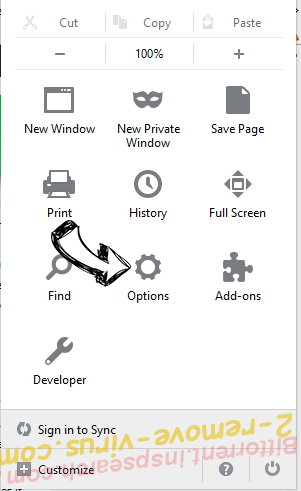
- On General tab delete malicious URL and enter preferable website or click Restore to default.

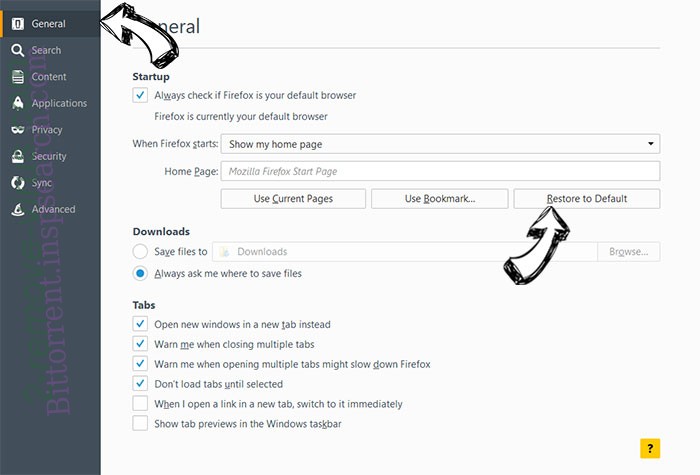
- Press OK to save these changes.
Reset your browser
- Open the menu and tap Help button.

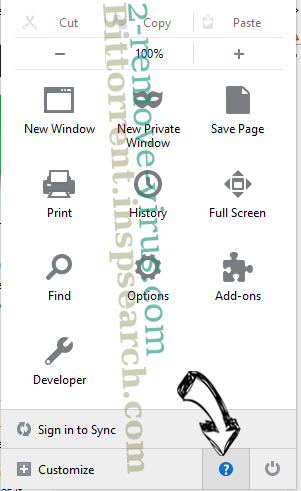
- Select Troubleshooting Information.

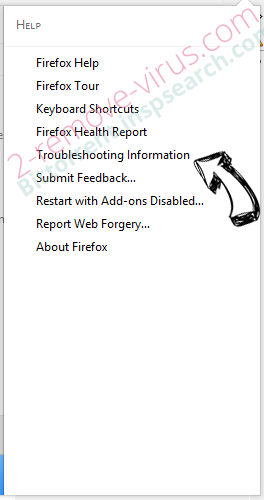
- Press Refresh Firefox.

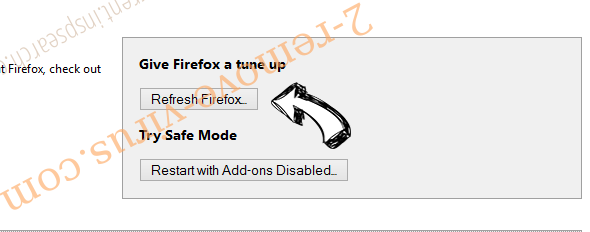
- In the confirmation box, click Refresh Firefox once more.

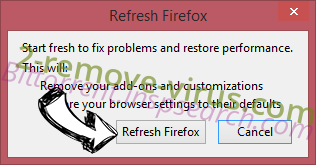
- If you are unable to reset Mozilla Firefox, scan your entire computer with a trustworthy anti-malware.
Uninstall Avoid getting scammed by a fake from Safari (Mac OS X)
- Access the menu.
- Pick Preferences.

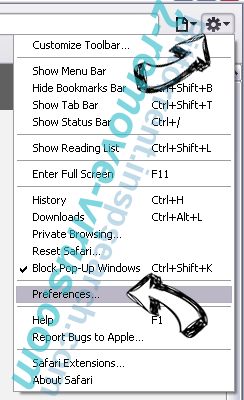
- Go to the Extensions Tab.

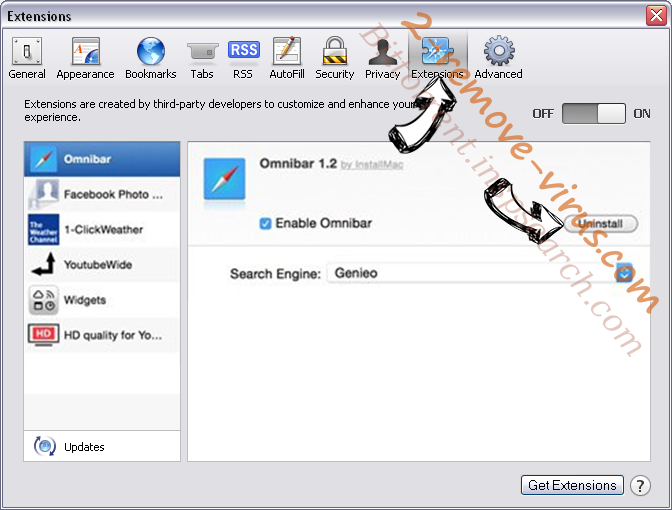
- Tap the Uninstall button next to the undesirable Avoid getting scammed by a fake and get rid of all the other unknown entries as well. If you are unsure whether the extension is reliable or not, simply uncheck the Enable box in order to disable it temporarily.
- Restart Safari.
Reset your browser
- Tap the menu icon and choose Reset Safari.

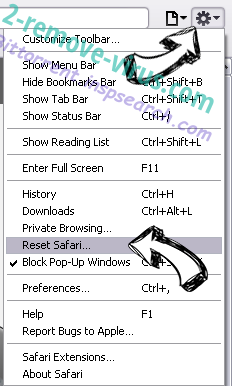
- Pick the options which you want to reset (often all of them are preselected) and press Reset.

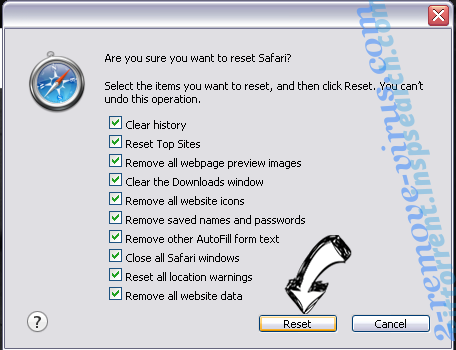
- If you cannot reset the browser, scan your whole PC with an authentic malware removal software.
Site Disclaimer
2-remove-virus.com is not sponsored, owned, affiliated, or linked to malware developers or distributors that are referenced in this article. The article does not promote or endorse any type of malware. We aim at providing useful information that will help computer users to detect and eliminate the unwanted malicious programs from their computers. This can be done manually by following the instructions presented in the article or automatically by implementing the suggested anti-malware tools.
The article is only meant to be used for educational purposes. If you follow the instructions given in the article, you agree to be contracted by the disclaimer. We do not guarantee that the artcile will present you with a solution that removes the malign threats completely. Malware changes constantly, which is why, in some cases, it may be difficult to clean the computer fully by using only the manual removal instructions.
